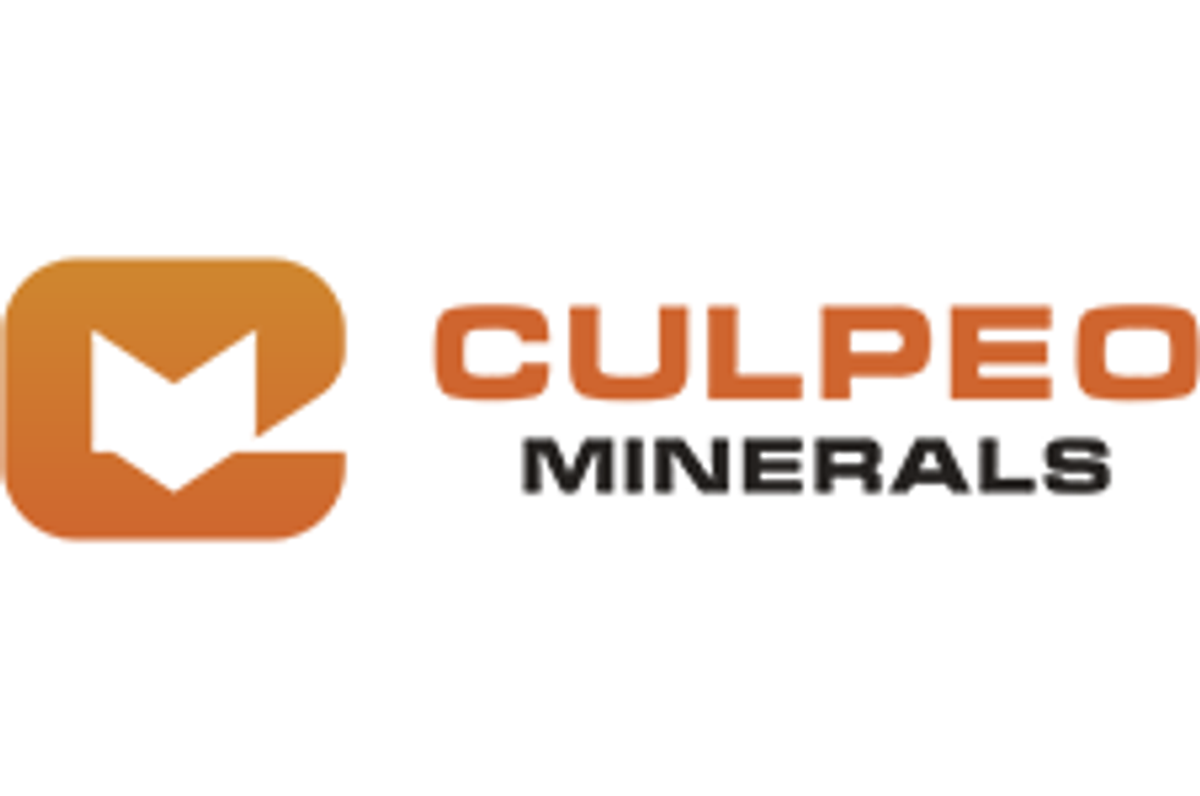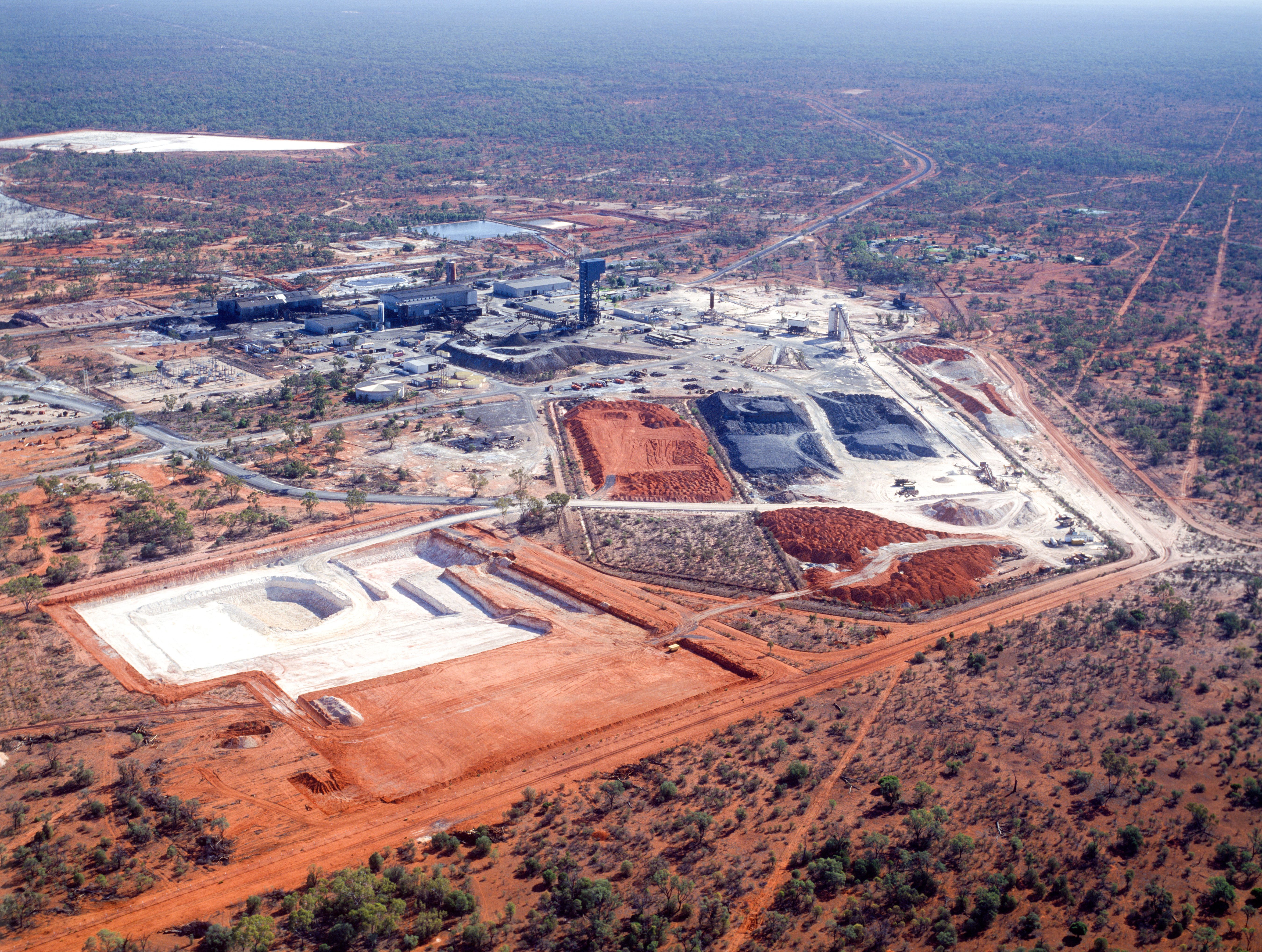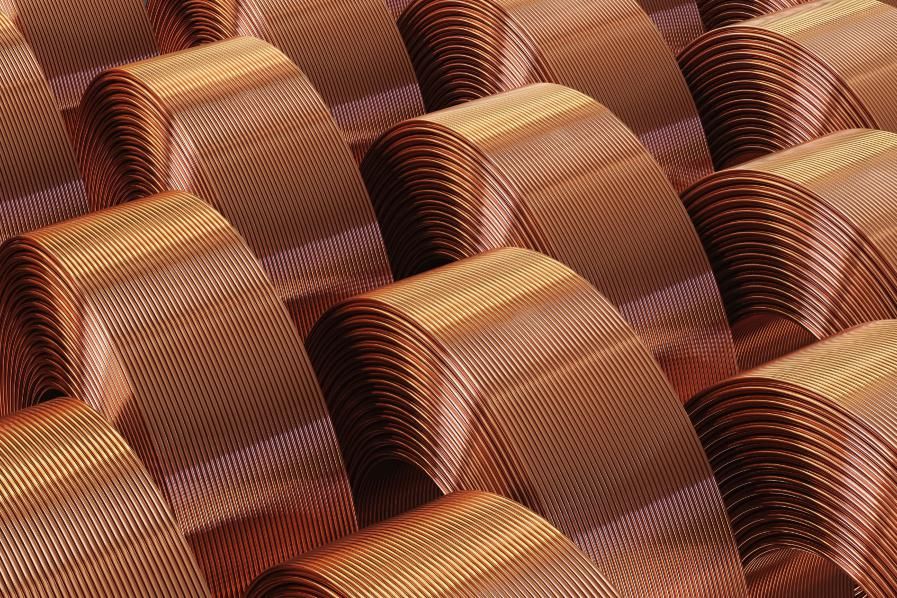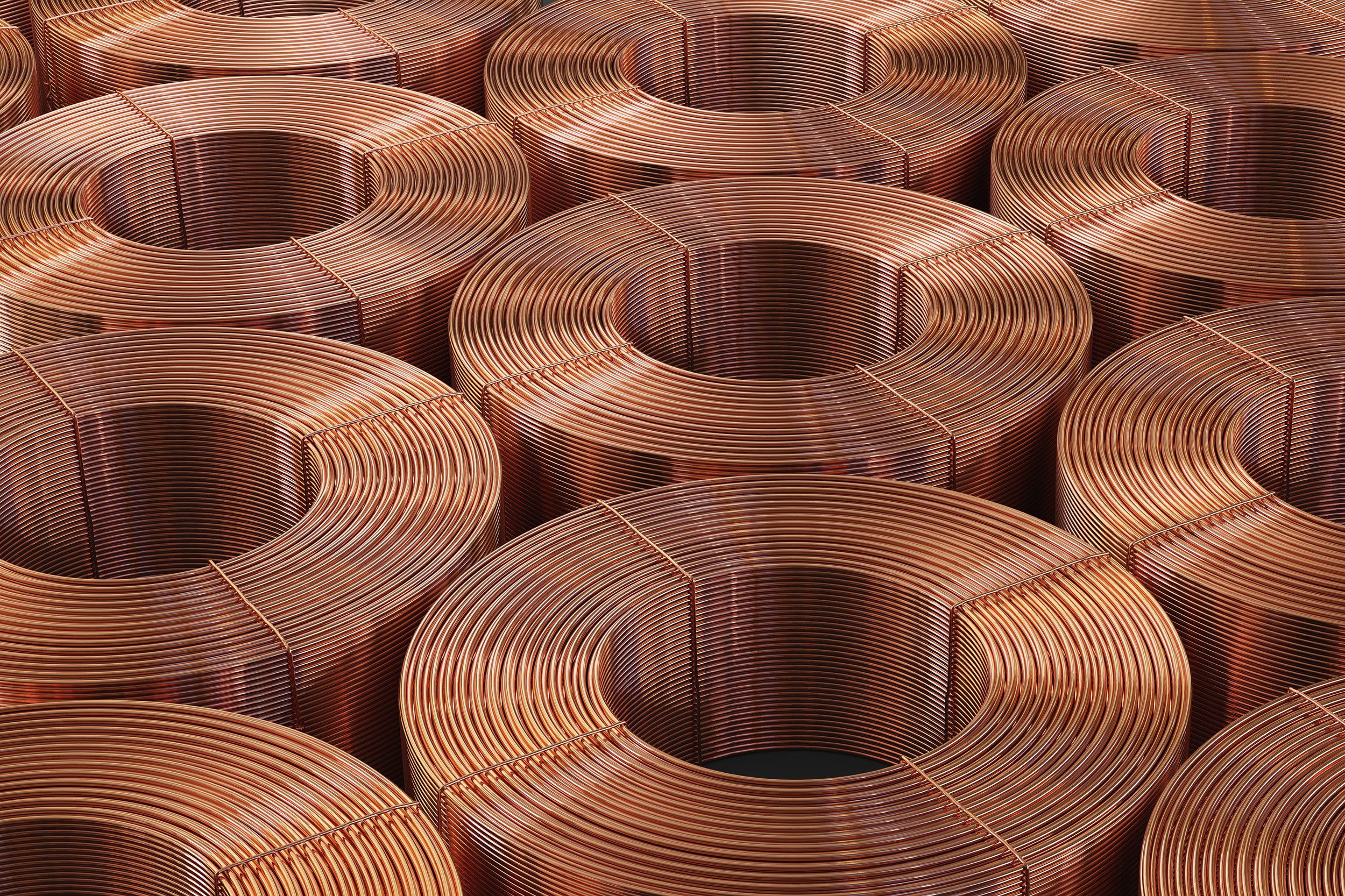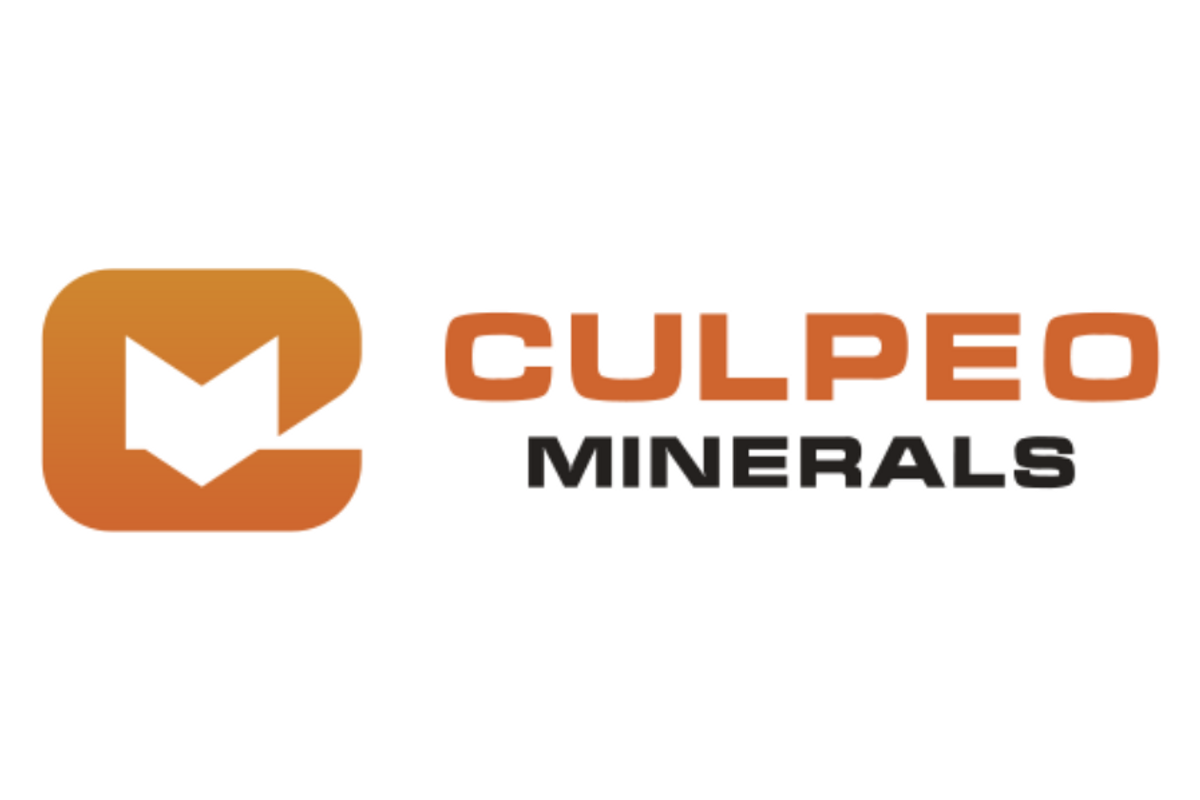
April 27, 2023
Culpeo Minerals Limited (“Culpeo” or the “Company”) (ASX:CPO, OTCQB:CPORF) is pleased to provide the following activities report for the quarterly period ending 31 March 2023 (the “Quarter”).
HIGHLIGHTS
- Completion of Phase 2 drilling program at the Lana Corina Copper and Molybdenum Project with significant intersections received during the Quarter including:
- Hole CMLCD010 169m @ 1.21% CuEq1 (from 239m); and
- Hole CMLCD013 72m @ 0.91% CuEq2 (from 352m).
- High-grade molybdenum zone confirmed at depth and extended 700m down plunge:
- 35m @ 1,704ppm Mo (0.84% CuEq) (570-605m), including:
- 4m @ 8,845ppm Mo (3.48% CuEq) (589-593m); and
- 1m@ 15,000ppm Mo (6.09% CuEq) (591-592m).
- Hole CMLCD011 extended mineralisation 100m south, confirming T10 target area, with an intersection of:
- 100m @ 0.38% CuEq2 (334-434m); including:
- 28m @ 0.55% CuEq (345-373m).
- Phase 2 drilling program targeted extensions of known copper mineralisation in previously reported drilling including:
- 104m @ 0.81% CuEq in CMLCD001 from 155m3;
- 257m @ 1.10% CuEq in CMLCD002 from 170m4;
- 173m @ 1.09% CuEq in CMLCD003 from 313m5;
- 81m @ 1.16% CuEq in CMLCD005 from 302.1m6; and
- 113m @ 0.68% CuEq in CMLCD009 from 331m7.
- Lana Corina mineralised corridor extended to >3km long, with mapping and surveys confirming continuity of mineralisation to the northeast (Vista Montana Prospect)8.
- Completion of a detailed 50m by 100m geochemical survey with 321 samples taken9.
- Five new high-priority targets for copper mineralisation generated at the Vista Montana Prospect10.
- Culpeo increased its ownership of the Lana Corina Project to 20% following the satisfaction of certain conditions of the earn-in agreement11.
Operating Activities
Lana Corina Copper and Molybdenum Project
Drilling Continues to Intersect Significant Copper Mineralisation
During the Quarter, the Company completed the Phase 2 drilling program at the Lana Corina Copper and Molybdenum Project in Chile (“Lana Corina” or the “Project”).
The Phase 2 drilling program was designed to expand the mineralised footprint at the Project, which remains open in all directions and at depth. The significant results from the Phase 2 drilling program (ASX announcement 16 January 2023) include:
- 104m @ 0.74% Cu & 73ppm Mo (0.81% CuEq) in CMLCD001 from 155m3;
- 257m @ 0.95% Cu & 81ppm Mo (1.10% CuEq) in CMLCD002 from 170m4;
- 173m @ 1.05% Cu & 50ppm Mo (1.09% CuEq) in CMLCD003 from 313m5;
- 81m @ 1.06% Cu & 145ppm Mo (1.16% CuEq) in CMLCD005 from 302.1m6; and
- 113m @ 0.60% Cu & 122ppm Mo (0.68% CuEq) in CMLCD009 from 331m7.
Geochemical Survey Identifies Multiple Surface Targets at Lana Corina
The Company completed a soil geochemical survey at the Vista Montana Prospect within the Lana Corina Project, resulting in the identification of five new high-priority targets within a >3km-long copper alteration zone defined by the geochemistry survey (Figure 1). This increases the overall strike length of the Cu-mineralised trend at Lana Corina to over 3km.
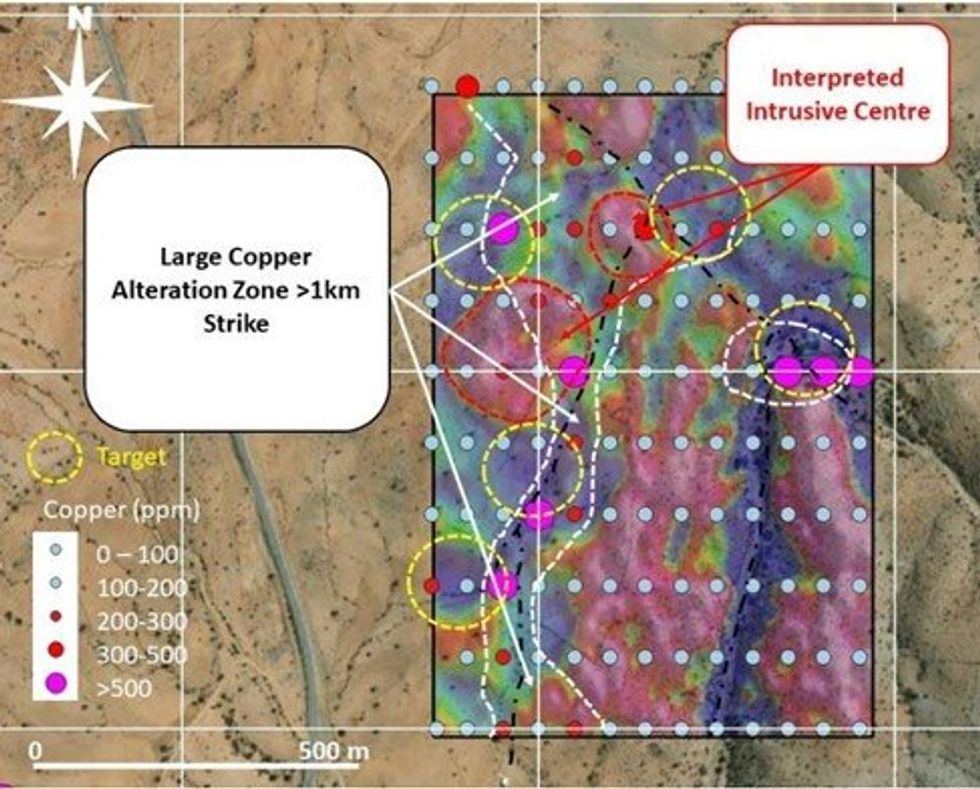
The soil geochemistry program was undertaken on a 50m x 100m grid and consisted of 321 samples in total. The results indicate that the overall pattern of the Cu, Cu + Mo, Cu/Mn and alkali elements suggest a copper bearing alteration zone is present at Vista Montana and is over three times the size of the Lana Corina mineralised zone defined from drilling to date (Figure 2).
Click here for the full ASX Release
This article includes content from Culpeo Minerals, licensed for the purpose of publishing on Investing News Australia. This article does not constitute financial product advice. It is your responsibility to perform proper due diligence before acting upon any information provided here. Please refer to our full disclaimer here.
The Conversation (0)
03 April 2024
Culpeo Minerals
Exploring High-grade Outcropping Copper-Gold Projects in Chile
Exploring High-grade Outcropping Copper-Gold Projects in Chile Keep Reading...
05 December
Surge in Copper Demand Re-energises Cobar Basin’s Underexplored Resource Potential
The Cobar Basin in Central New South Wales, Australia, may be emerging as a key focus for investors positioning for the next wave of copper supply. With a looming global shortage of the red metal and long-term demand being driven by electrification and decarbonisation, savvy investors are... Keep Reading...
03 December
Copper Price 2025 Year-End Review
Copper prices were volatile in 2025, with high levels of uncertainty influencing the market. Changing US trade policy, as well as traditional supply and demand fundamentals, worked together to move the metal. Increasing demand and a lack of new supply have long been key drivers for copper, and... Keep Reading...
02 December
Top 10 Copper-producing Companies
Copper miners with productive assets have much to gain as supply and demand tighten. The price of copper reached new all-time highs in 2025 on both the COMEX in the United States and the London Metals Exchange in the United Kingdom. On the COMEX, the copper price peaked at US$5.94 per pound... Keep Reading...
01 December
SolGold Rejects Latest Jiangxi Copper Proposal
SolGold (LSE:SOLG,OTC Pink:SLGGF) confirmed that it received and has once again rejected a preliminary, conditional, non-binding proposal from Jiangxi Copper (HKEX:0358,SHA:600362,OTC Pink:JIAXF). Pitched at 26 pence (US$0.34) per ordinary share, the offer to acquire the entire issued and... Keep Reading...
26 November
Significant Exploration Target for the Rulikha Deposit
East Star Resources Plc (LSE: EST), the Kazakhstan-focused gold and base metals explorer, is pleased to announce an Independent JORC-Compliant Exploration Target (the "Exploration Target") for the Soviet-era Rulikha Deposit. The Rulikha Deposit is located primarily on East Star's 100%-owned... Keep Reading...
26 November
BHP and Anglo American Officially End Merger Talks
BHP (ASX:BHP,NYSE:BHP,LSE:BHP) confirmed in a Monday (November 24) statement that its merger discussions with Anglo American (LSE:AAL,OTCQX:NGLOY) have officially ended.The discussions trace back to April 2024, when BHP made its first offer to Anglo to combine their copper assets. Copper has... Keep Reading...
Latest News
Latest Press Releases
Related News
TOP STOCKS
American Battery4.030.24
Aion Therapeutic0.10-0.01
Cybin Corp2.140.00
